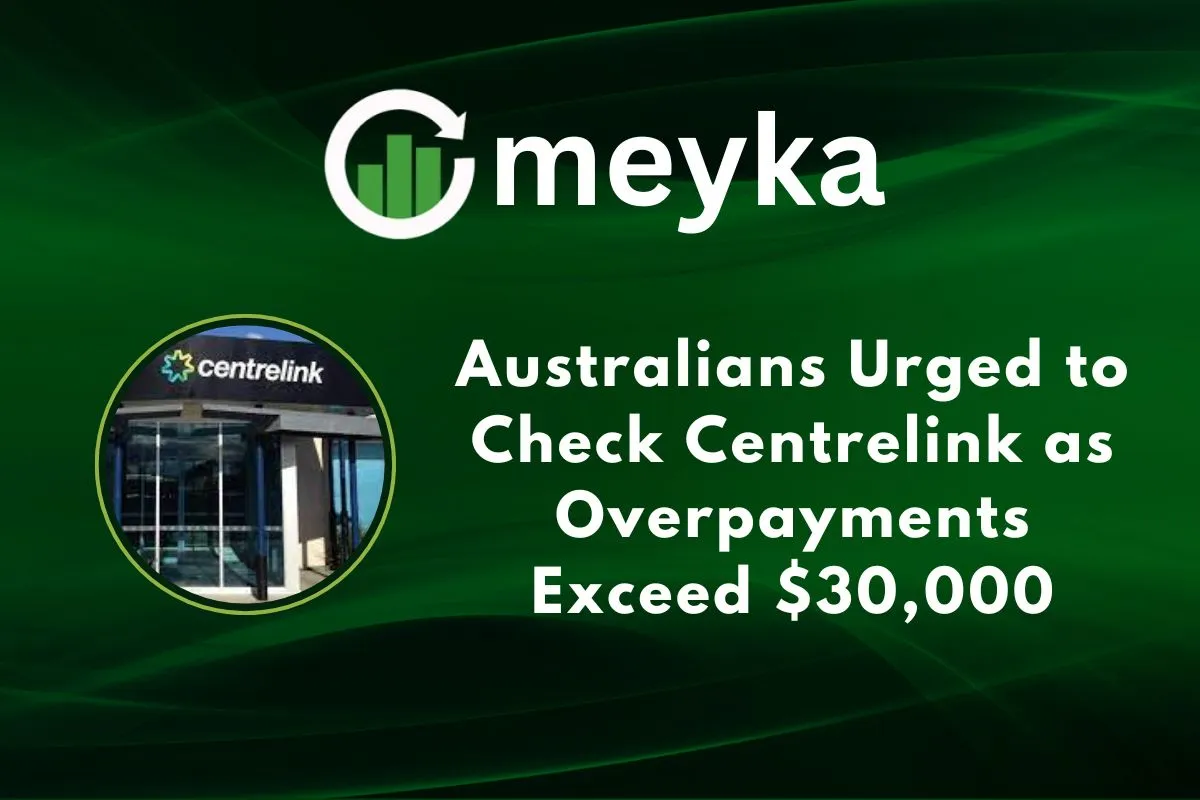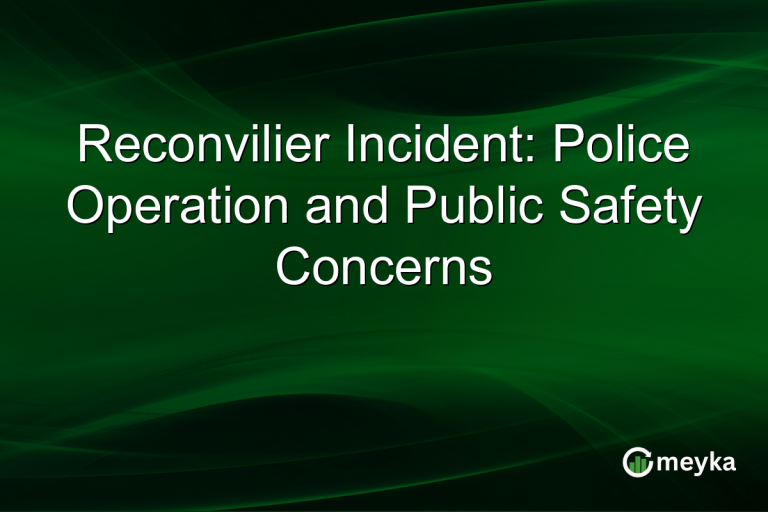Australians Urged to Check Centrelink as Overpayments Exceed $30,000
We’ve just learned that thousands of Australians may have paid too much to Services Australia through the Centrelink system. Some over-payments are in the tens of thousands of dollars. If you receive welfare payments via Centrelink, it’s wise to check your account now. A refund might be waiting, or you might still be paying when you no longer owe. In the paragraphs ahead, we’ll walk through what’s going on, why it matters to you, how to check, and what to do next.
What is the problem?
Here’s what we know: Centrelink is investigating around 44,000 cases where a customer paid more towards a debt than they actually owed.
In many of these cases, the overpayment occurred because automatic payments (like BPAY or a direct debit) kept running even after the debt was cleared.
Of the over‐payments under investigation:
- About 50% are for less than A$50.
- About 80% are for less than A$500.
- But some cases exceed A$5,000, and a few hit A$20,000+.
In other words, while many of the sums are modest, some are large enough to cause serious concern.
What makes it messy: many debt payments were later reassessed, especially things like the Family Tax Benefit (FTB). When tax returns were lodged late, the debt amount changed. That meant people kept paying a larger amount than they owed.
The agency says they have “processed hundreds of thousands of refunds every year,” but in these cases, the correct procedures did not happen.
Why it matters to recipients
If you’re impacted, here’s why you should care:
- Financial stress: Even an extra A$500 or more matters if you’re on a tight budget. If the sum reaches thousands, it can end your finances.
- Automatic payments: Many people never turned off automatic deductions once the debt was settled, so money kept flowing out. That’s especially problematic if you weren’t aware.
- Trust and transparency: For welfare recipients, faith in the system is critical. When the system over-charges or fails to refund, trust erodes.
- Complexity and low awareness: You might think all is fine, but automatic agreements, reassessments, and letters you didn’t get mean you might be in the dark.
In short: this isn’t just a bureaucratic glitch. It has a real-life impact on individuals, families, and households who rely on correct welfare payments.
How to check if you are affected
Here’s what we recommend you do:
- Log in to your myGov account and go to the “Money you owe” or “Debts and overpayments” section under Centrelink.
- Look for letters or inbox messages from Services Australia saying your debt has been reviewed, reduced, or closed, and that you may be owed a refund.
- Check automatic/recurring payment arrangements (e.g., BPAY, direct debit) that you may have set up to repay a debt. See if these are still active even though you no longer owe.
- Ensure your contact details are up to date (address, phone, email) so the agency can reach you about any refund or updated debt status.
- If you have doubts or believe you’re owed money, prepare your payment history, any correspondence, and notes of when automatic payments were set up or canceled.
Broader implications & policy issues
This issue with over-payments is not isolated. It connects to wider concerns with the welfare system:
- The earlier Robodebt scheme scandal showed how algorithmic or automatic systems in Centrelink’s debt management can harm people.
- Advocates argue that the burden of error often falls on the recipient, rather than the agency. Administrative fairness is in question.
- The government recently introduced reforms (for example, waiving small accidental debts and adjusting recovery thresholds) to make the system fairer.
- This episode signals the need for greater transparency, better communication, simpler repayment systems, and improved training for staff within Centrelink / Services Australia.
In short, it is a test of whether the welfare system truly protects people, or whether the complexity and bureaucratic errors continue to create disadvantage.
Conclusion
So, what should you take away? If you receive payments via Centrelink, we strongly recommend you log in, check your debt status, make sure automatic payments are canceled when no longer needed, and update your contact details. Because while many of the refunds will be small, a minority of cases involve thousands of dollars.
The system is meant to work for you, but sometimes it doesn’t. By acting early, you could reclaim money you’ve paid too much for. And even if you believe you’re not affected, it’s worth checking, just in case. Stay informed, stay proactive.
FAQS:
Centrelink overpayment happens when you get more money than you should. It can occur if your income changes or if the system miscalculates your payment.
Yes, Centrelink can take money back if you owe them. They may deduct it from future payments, your tax refund, or through direct payment arrangements.
Yes, you can travel overseas with a Centrelink debt. But you must keep repaying it, stay in contact, and ensure your payment plan remains active while abroad.
Disclaimer:
The content shared by Meyka AI PTY LTD is solely for research and informational purposes. Meyka is not a financial advisory service, and the information provided should not be considered investment or trading advice.






